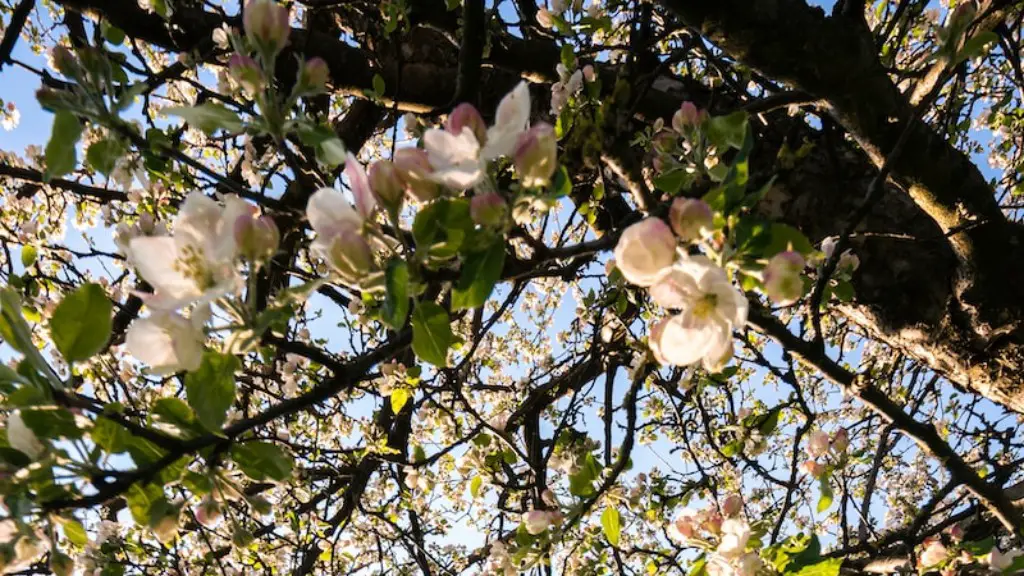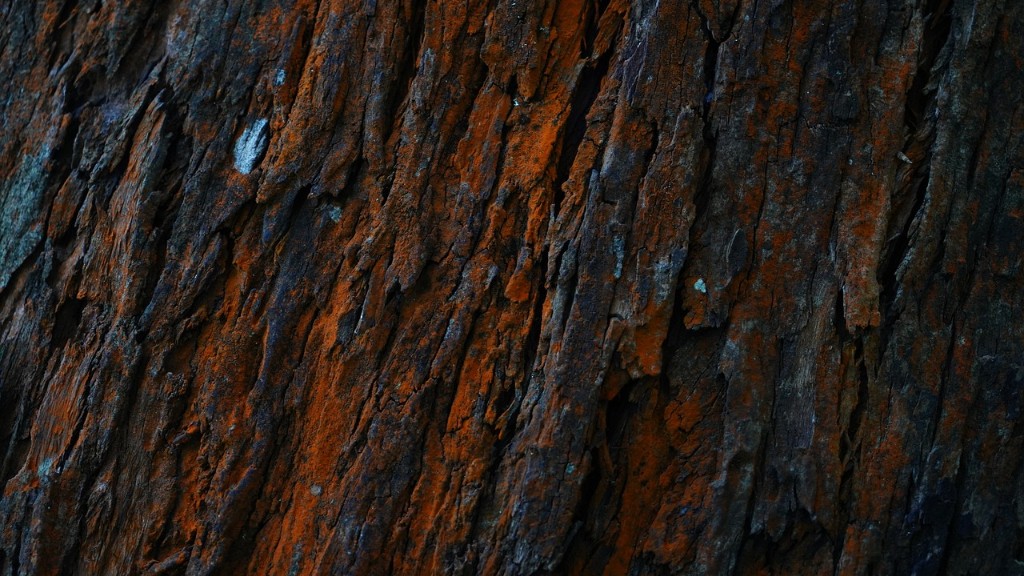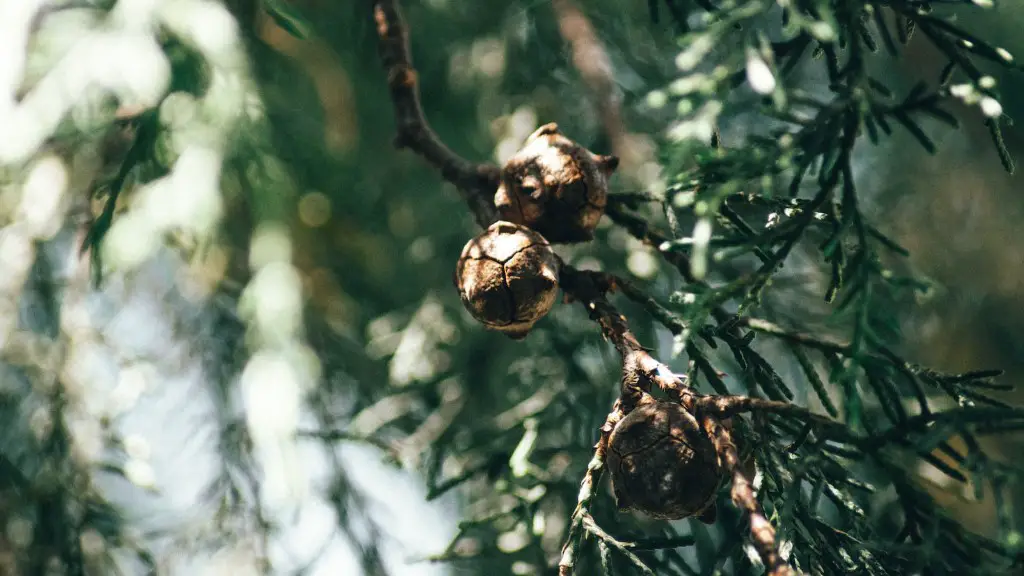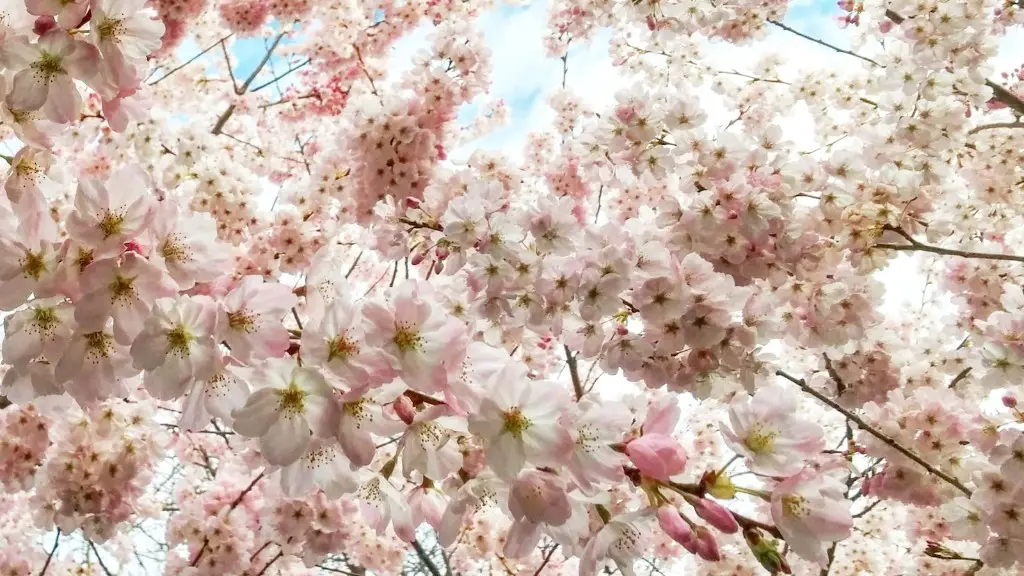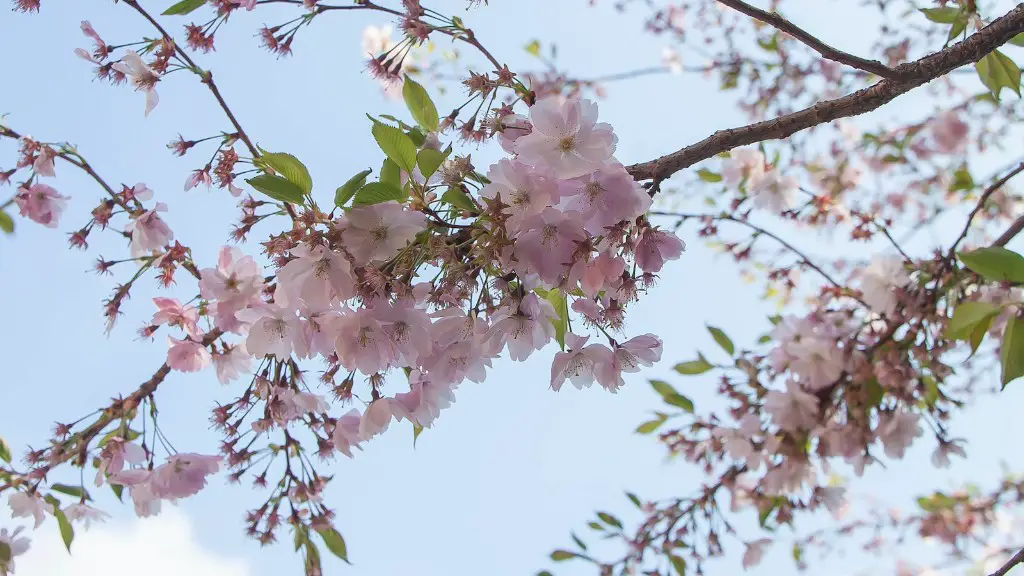Apple trees can make for a great addition to any landscape or as an edible complement to any meal. There are hundreds of varieties of apple trees to choose from. This can make it a bit confusing for the novice gardener or fruit grower. Here are some tips on what type of apple tree might be best for your space or needs.
First and foremost, the climate your apple tree grows in is a major factor. Different varieties of apples are suited to different temperatures and precipitation levels. Apple trees can be divided into two broad categories, European and Asian varieties. The European varieties tend to be hardier and can withstand colder temperatures than the Asian varieties. In addition, they tend to bear fruit earlier in the growing season.
Second, the apple tree’s size matters. Depending on the space available, you may need a dwarf variety of apple tree which will grow to be between 6-8 feet tall. Dwarf varieties are perfect for small spaces and can even be grown in containers. If you have more room and access to the right soil conditions, then you may be able to get away with planting a full-sized apple tree which can grow up to 30 feet tall.
Third, consider the apple tree’s keeping quality. This will depend on the variety and how it’s managed. If you’re looking for an apple that keeps well, then you may want to look for a long-keeping variety. These varieties tend to hold their sweetness, texture, and color well when stored.
Fourth, the apple tree’s disease resistance qualities are important. Most apple trees are prone to a variety of diseases, some of which can be fatal. Look for apples that have good disease resistance and are well adapted to your climate. You can find apple varieties that are naturally resistant or have been bred to resist certain diseases.
Fifth and finally, the amount of maintenance required for the particular variety of apple tree is to be taken into account. While some apple trees require little maintenance, others may bloom for weeks at a time and need to be pruned and cared for to look their best. Determine the amount of time and energy you’re able to spend on care before purchasing a variety.
Fruit Quality and Taste
The quality and taste of the fruit are both important factors to consider when choosing an apple tree. Different varieties have different flavor and texture profiles. Some have a sweet taste, while others are more tart. Be sure to look at the varieties available and read the descriptions so you can know what to expect.
In addition to flavor, be sure to pay attention to the color, size, and texture of the fruit. Different varieties produce fruit of different sizes and shapes. Choose a variety that produces apples of the desired size and shape for your space and needs.
When it comes to texture, some people prefer a juicier apple whereas others may enjoy a firmer, crisp apple. Again, read the descriptions of the varieties and determine which type of texture will suit you best.
No matter what you choose, you’ll want to make sure the apples from your tree are of a high quality. Take note of storage and shipping times for the variety so you can ensure the apples will remain fresh and in-tact for as long as possible.
Pest and Disease Resistance
Local pests and diseases can quickly destroy an apple tree and its fruits. Be sure to look for a variety that is resistant to the pests and diseases in your area. Look for a variety that is disease resistance and one that will be able to withstand the typical temperature fluctuations and moisture levels of where you live.
Be aware of the potential for pest damage, too. Some apple trees may be more susceptible to insect infestations than others. If you live in an area with a high insect population, make sure the variety you select is able to withstand these hazards. Most apple tree varieties have some level of insect resistance, but some are more prone to insect damage than others.
Finally, look for apple varieties that exhibit a certain level of natural resistance to fungal diseases such as apple scab and brown rot. These diseases won’t necessarily harm your tree, but they can affect the appearance, shelf life, and flavor of the apples. No matter where you’re growing your apples, it’s important to choose varieties that are less prone to disease.
Maintenance Level
Apple trees require some basic care and maintenance in order to thrive. If you don’t have the time or skillset to properly care for an apple tree, then you should consider a low-maintenance variety. There are several varieties that require little to no pruning and seasonal maintenance.
On the other hand, if you’d like an apple tree that is more heavily pruned and cared for, then look for a variety that needs regular care throughout the season. These varieties are typically more productive and will bear higher-quality fruit.
Finally, make sure to look at the time of year the apples will be ready to harvest. Some varieties ripen much earlier than others and can provide an early season harvest, while others may take longer to reach maturity. Knowing when the apples will be ready to pick is important for planning a successful harvest and for preparing for the winter.
Pollination Requirements
Most apple trees need pollination in order to set fruit. Unless you’re planting a self-pollinating variety, you’ll need to make sure you also have a pollenizing partner nearby.
A pollenizing partner will help your apple tree to bear fruit as it provides the necessary pollen for cross-pollination. Talk to your local nursery or garden center to find out what apple varieties are best suited to be planted together.
Finally, if you’re planting more than one apple tree, determine the distance you’ll need to space them in order to ensure successful pollination. Generally, two to three trees planted within 10-20 feet of each other is enough for one tree to get the necessary pollen.
Tree Size
When it comes to choosing an apple tree, size matters. Most apple trees grow to between 12-25 feet tall, but there are also dwarf and semi-dwarf varieties available, depending on the space you have to work with.
If you have limited space, then a dwarf or semi-dwarf apple tree can be a great option. Be sure to pay attention to the mature size of the tree when selecting a variety. Most varieties should come with this information on their tags or attached to their containers.
On the other hand, if you have more room and resources available, then you may want to look into planting a full-sized apple tree. These trees tend to produce larger yields and will be able to store more fruit over a longer period of time.
Finally, keep in mind that different apple trees may require different amounts of annual pruning. Some may need more than others, depending on the size and vigor of the tree. Consider how much time you plan to spend on each tree and select varieties accordingly.
